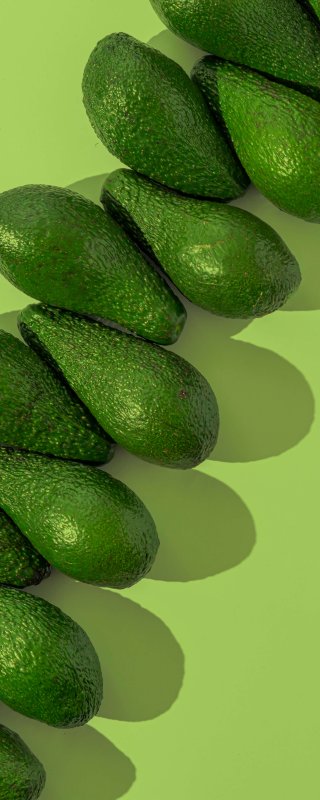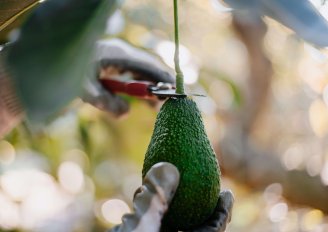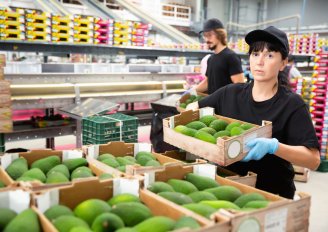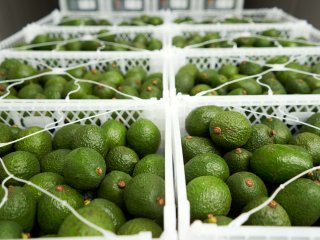
The avocado supply chain
Best practices in each step of the fresh chain have a great influence on the postharvest quality and shelf-life of avocado. By applying appropriate harvest processes and chain conditions, quality can be guaranteed and shelf life can be extended. Failure to follow these processes may result in a high degree of food loss or deterioration of the product to a lower quality class. Every step in the chain is important for success later in the chain.

Avocado chain
Avocados are tropical fruits. The principal countries producing avocado are Mexico, Dominican Republic, Peru, Colombia, Indonesia, Kenia, Chile and Israel. The healthy nature and multiple uses of avocados result in a strong global consumer demand for avocados. They are harvested when mature, but not ripe. Ideally, the packhouse is just a short distance from the orchards. This minimizes the risk on damage during transport and facilitates early cooling in the packhouse. Soon after arrival at the packhouse, unloading takes place and processes such as grading and packing start. After pre-cooling, a proper loading in refrigerated trucks or reefers is important to maintain good temperature conditions during transport. A closed cold chain, so without intermittent warming, is important to control the ripening process and prevent condensation. Until the retail stage, avocadoes should be mature, but not necessarily ripe yet. Some importers or service providers have packhouses with ripening facilities. These are important for the concept of ready-to-eat avocados and supply to supermarkets.
Steps in the avocado chain
"It is of utmost importance to have a correct handling by all supply chain actors from the moment of harvest until purchase by the end customer."





